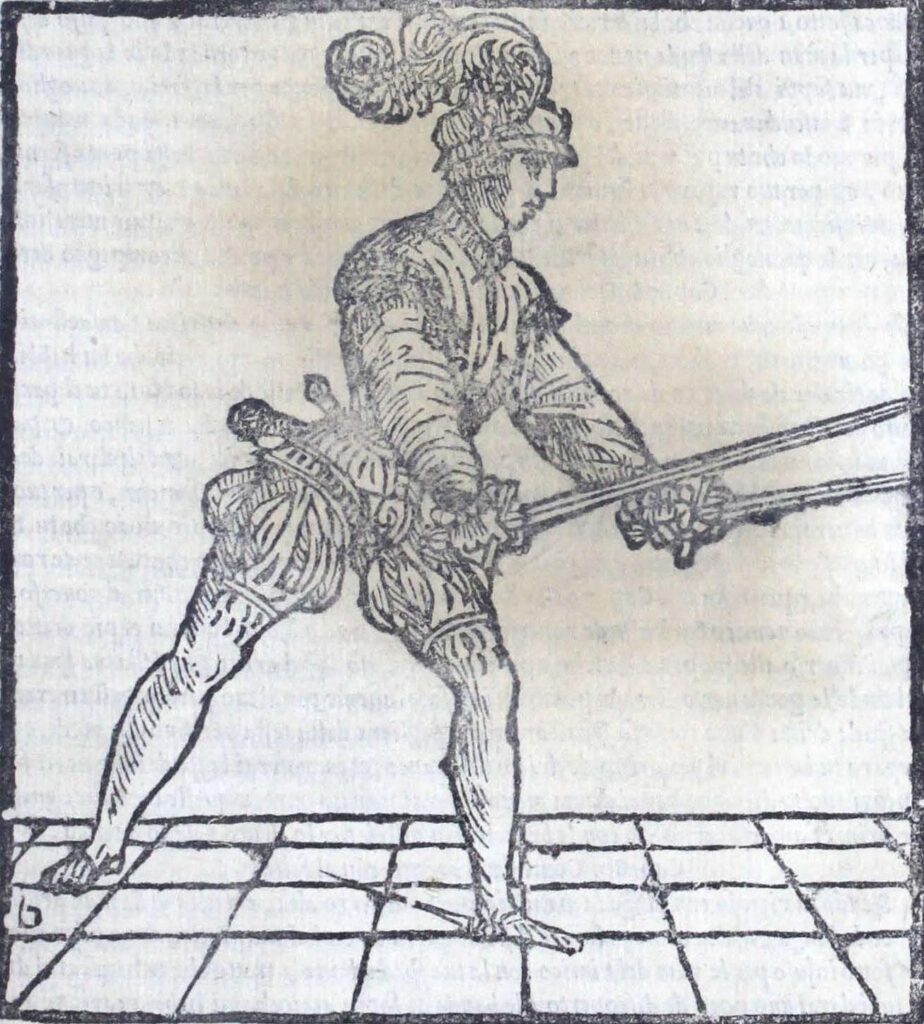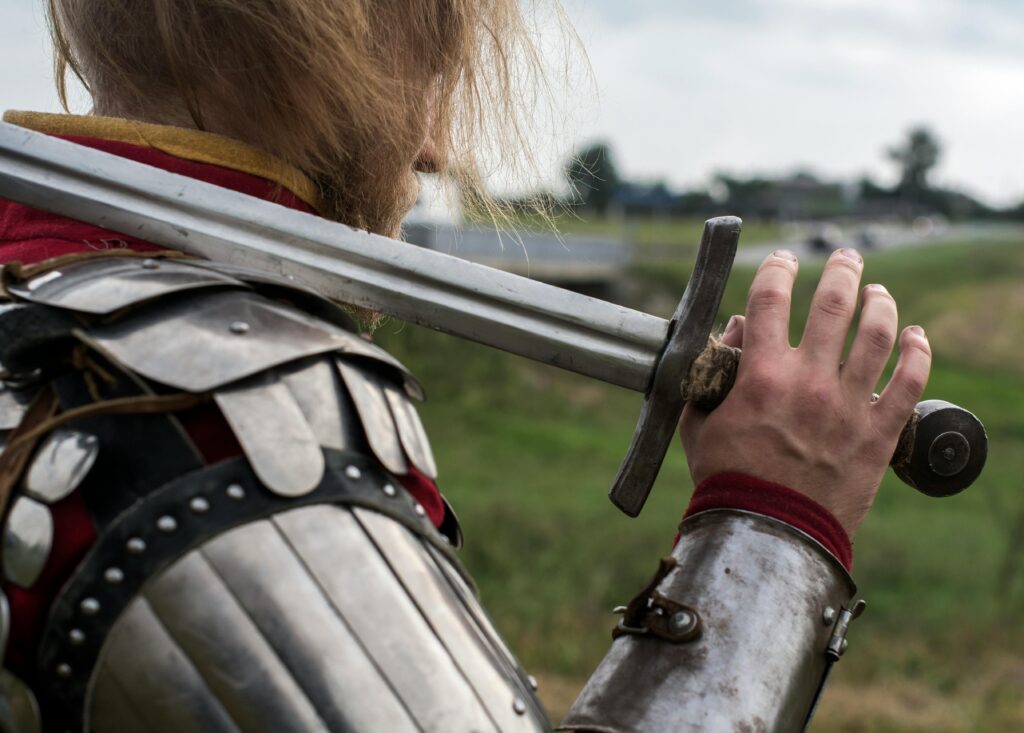Why Flow? A Guide to Using Improvised Forms

A solo form involving attacks, defenses, guard changes, facing changes, and footwork might be referred to as a kata or an assault (italian: assalto), and more recently (especially when it’s improvised) a flow.
The idea in this kind of form is to challenge yourself to move continually and improvisationally with your weapon for a set period of time. You can have your full repertoire of movements available to you or you can focus more narrowly on particular techniques, guards, footwork, or broader themes. In the form above my focus was on the use of multi-directional action.
In this form my focus was on using the sword in one-hand and two:
This type of practice is not necessarily a way that you learn or refine a given technique. Instead it’s a more holistic tool for building your full martial capabilities through observation, integration, coordination, and connection.
Observation
A flow is a form of performance—but I don’t mean for an audience. I mean that it is a form of practice that requires you pull all your skills together and use them intuitively and connectedly. Like a sparring match, this type of performance is going to give you a lot of data about the state of your art; what’s working and where you need to work. The nice thing about solo flow is that you can focus more fully on your own mechanics and movement without the distraction of an opponent.
Good areas of observation include:
- Alignment and posture. Are you holding your body as you intend? Are your bones and joints lining up with your weapon and target, and in your guards and waiting positions? Are you engaging the right muscles to be strong and healthy? Slumping, slouching, sliding, turned-in knees, turned-out elbows—negative things that will quickly reveal themselves.
- Quality of movement. Are your movements smooth or stilted? Are your stops crisp or sloppy? Are you sending your weapon directly and precisely or are your movements unintentionally curved or drifting?
- Order of movement. Are you sending your weapon ahead of your body? When you make compound actions do you step at appropriate points? Do you have good timing of hand and foot?
- Efficiency and quietness. Martial movements should be fast and powerful while avoiding waste and pre-action “tells”. Quiet and efficient movement means that your body only does what it needs to do to attack and defend. Look for ways that you give away your intentions, such as moving out of order, overly straining, winding up unnecessarily before attacks, and taking indirect routes.
- Habits & ruts. Do you have particular ways that you always move? Particular techniques you repeat over and over again? If so you probably do in sparring as well.
Observe yourself from inside the form but also consider videoing yourself so you can observe yourself from the outside. Take notes and use what you learn to inform your focused drilling and coached classtime.
Integration
Integration is the process of taking a skill or correction from the drilling environment into your intuitive body. There are many steps along this journey and flow-work can be an excellent one.
Set a timer and allow yourself to flow or shadow-box (imagine an opponent you’re fighting) for the length of that timer. When you’re first strengthening your flow muscle it might simply be enough to meet the challenge of coming up with things to do for that length of time. You can think of this as a mode for training quick thinking and freeing up your creativity.
Once you have some base flow skills then use that base to practice and add new skills and corrections from your drilling. Attempt to apply a target skill as many times as possible during the timer interval. Move intuitively and apply as much of your broader skillset as possible with the intent to use your target skill two to three times more than anything else.
You might find at first that fitting the skill in alongside others is challenging—good! Push through the awkwardness and allow your body and mind to figure out how to fit the skill in. You might imagine you’re working on a particular parry. In your improvisation you might attempt to work that parry after a retreat, or immediately following an attack, when you’re moving offline to your left, after a series of feints, or as part of a series of other parries.
What you’re working on here is building your physical coordination and comfort with activating that skill from any place or position. As you do this, follow the observation advice above. Identify particular areas of difficulty and isolate those into separate drills for more focused training later.
Coordination
Flow work does not train you tactically. It is not a place to build your response time. Though you might gain some benefit from imagining an opponent (visualization has been shown to have some real training benefits) its certainly not as effective as being present with a training partner. What you can gain from solo movement is attunement with your own weapon and body. The more that a weapon can be an intuitive extension of your body, and the more that you can command your weapon and body to do what you want, when you want it, the easier it becomes to act effectively in the context of a sword fight. This is how flow, and all solo training, help make you a better martial artist.
Said simply: “if you can’t make your sword and body move precisely when there is no opponent and no pressure, good luck doing so when there is.”
Connection
Putting in time by simply doing your art when you’re the only one there can be a powerful way to connect with your practice for you and you alone. Many martial artists only practice forms and drills and that’s great. Let’s be real—we do martial arts largely for enjoyment and self-improvement. Whether that’s in competition, friendly sparring, drilling, or solo practice. Learning to improvise and flow, like a dance, can provide some profound joy and that’s good enough on its own.




